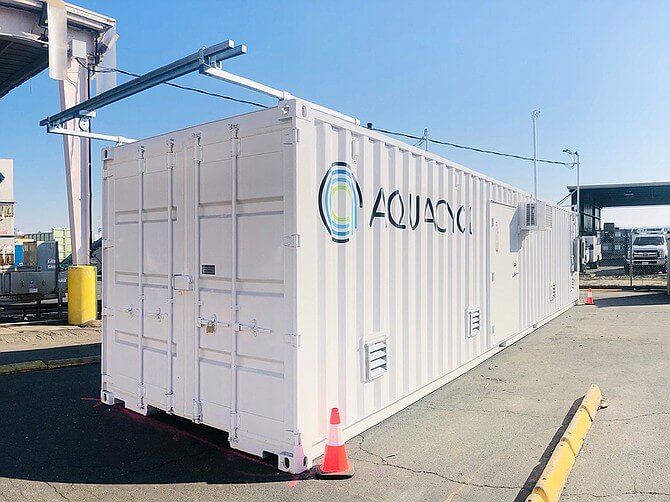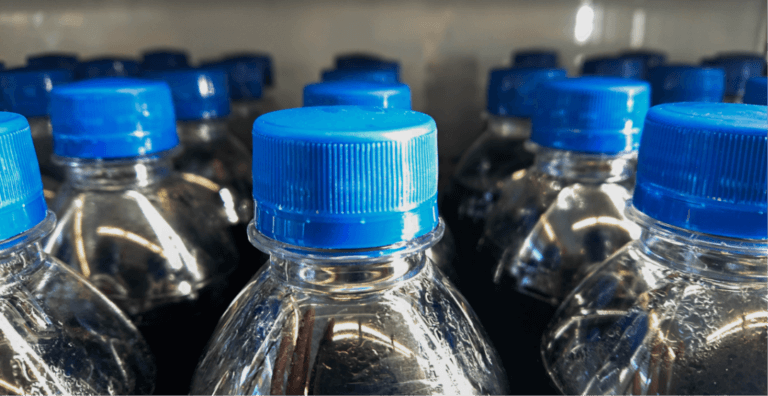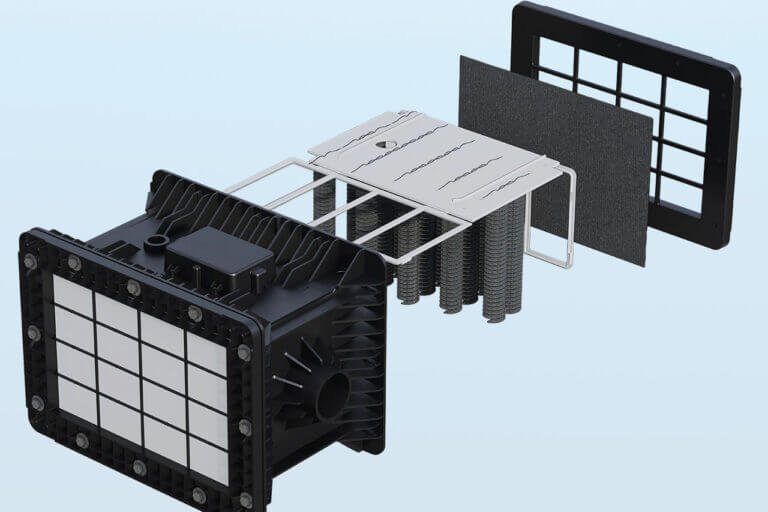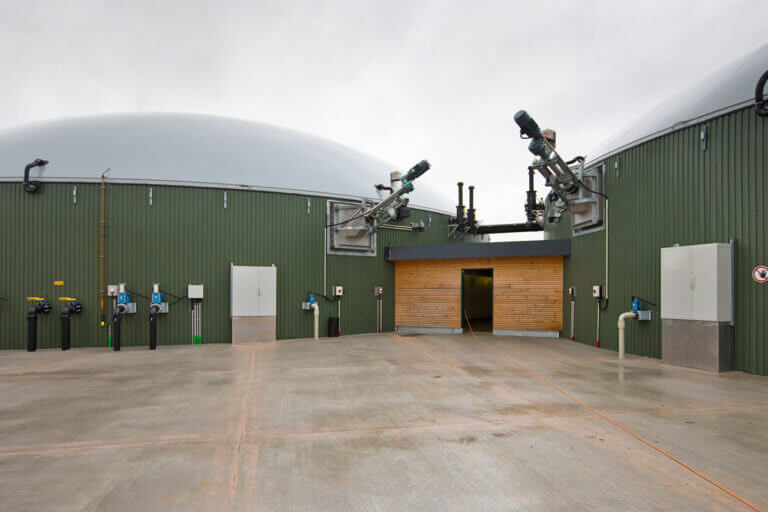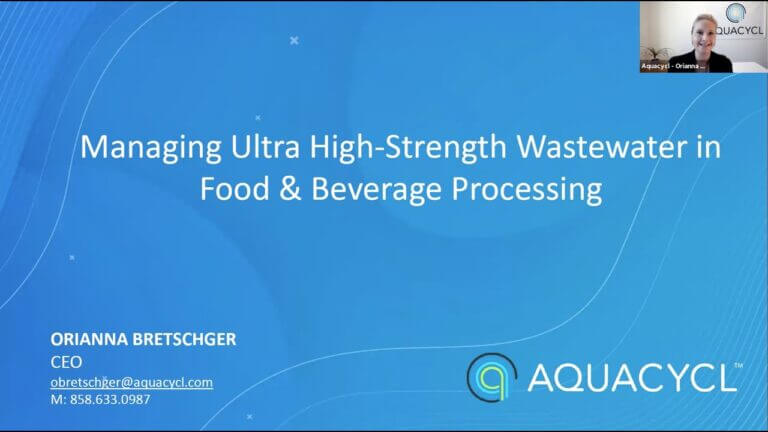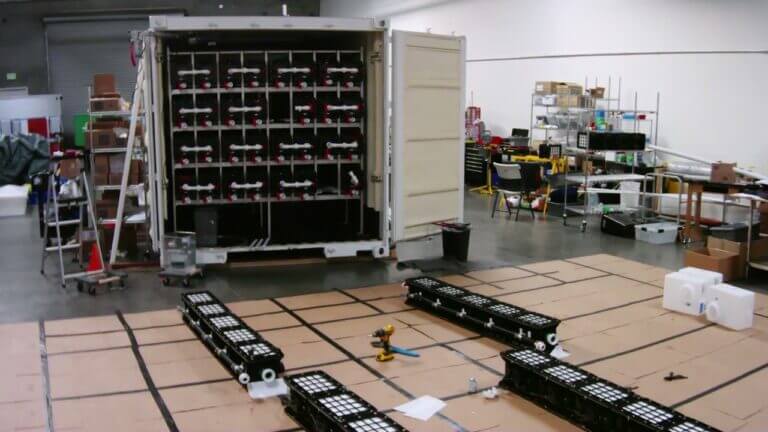The traditional linear economy consists of production, consumption, and disposal, ranging from consumer goods to non-renewable energy sources and water. This current model brings with it a stark reality on both ends: the finite amount of resources available for production and the limited capacity of our planet and society to handle the waste at the end of the cycle.
The idea of a circular economy is a paradigm shift that focuses on creating markets which incentivize product reuse as opposed to disposal. In a circular economy, resources such as obsolete electronics, scrap metal, and old clothes are created and consumed more efficiently and returned to the economy after they have been through their traditional life cycle. This model seeks ways to bring value from waste streams through business innovation, industry collaboration, and behavioral shifts among consumers.
In this article, we explore how the circular economy of water plays a key role in reaching sustainable development goals and improving the economic outlook of business and society. Finally, we look at how Aquacycl’s BETT technology can help facilities reach circularity of water within their manufacturing process.
The circular economy of water
Within the natural world water is an inherently circular resource. The same water we drink today hydrated prehistoric life and irrigated the first crop fields of early civilization.
Modern water use models intake freshwater, consume it within the economy, then dispose of it, with or without treatment, into the natural environment. This results in a reduction in available freshwater, an elevated demand for freshwater for production, increased greenhouse gas emissions associated with wastewater treatment, and the downstream effects of wastewater released into the environment.
Additionally, wastewater is a valuable resource that offers many opportunities to return value to the economy. Examples include:
- Generation of biogas via anaerobic digestion
- Nutrient recovery (nitrogen, phosphorous)
- Mineral recovery (calcium, magnesium)
As published by the United Nations Conference on Trade and Development (UNCTAD) 2020 “ Wastewater? From Waste to Resource” initiative, the circular economy of water focuses on both reducing freshwater consumption on the front-end and reclaiming the resources found in wastewater on the backend.
To achieve this, businesses must implement methods that reduce overall freshwater consumption in the initial production processes and emphasize on-site treatment protocols that reduce the total energy cost associated with wastewater reclamation.
How can focusing on wastewater as a resource positively impact business practices?
Treating wastewater as a resource rather than a disposable liability offers many advantages from an economic perspective as well as an environmental and social perspective. The following are a few key areas that benefit from shifting to a circular water use approach.
Cost
Traditional wastewater treatment is very energy-intensive. Current treatment models require the businesses to pay for the cost of water treatment or municipal governments to fund treatment at taxpayer’s expense.
With a circular water system that includes onsite treatment of heavy waste streams and resource reclamation, wastewater reclamation can be a net zero or even profitable endeavor for the business. The ability to reuse treated wastewater onsite reduces consumption of additional freshwater, reducing operational costs and removing the cost of pumping or trucking wastewater from the location of use.
Efficiency
In terms of minimizing greenhouse gas production and maximizing economic activity, increasing efficiency of water cycles is paramount.
Treating water onsite means less total water intake within a given manufacturing site, improving the total water efficiency at that location.
Additionally, this increases the overall efficiency of the water cycle by reducing the energy required to move water from location to location, whether this is funded by the business or local government.
Finally, implementing local circular water solutions to minimize liquid discharge from production processes reduces the time it takes to treat and dispose of wastewater, further increasing the system’s overall efficiency.
Reputation
As consumers grow increasingly aware of the threat of global climate change and increasing water scarcity, businesses that focus on sustainability in their operations gain a competitive advantage by leveraging their investment in wastewater reclamation in PR campaigns.
Furthermore, the commitment itself adds value to the local economy by providing the reclaimed resources such as fertilizer and biogas at lower or even no cost to nearby consumers, and increasing the amount of freshwater available for residential usage, recreation, and other activities.
This bolsters the reputation of the business indirectly as nearby populations experience the benefits of the circular economy of water firsthand, which goes beyond direct PR messaging from the company itself.
Sustainability
While shorter term incentives such as increased profit margins through reduced operational costs and improved reputation can spur businesses to take action on zero liquid discharge, the bottom line is that the long term sustainability of cities and human civilization itself depends on shifting to a circular water economy.
The circularity of water at both a business level, municipal level, and country/global level directly pushes sustainable development goals forward by increasing freshwater availability and reducing greenhouse gas emissions, which is vital to curbing global climate change, ensuring water-scarce communities can continue to thrive into the future, and maintaining the natural ecosystems and biodiversity that support a healthy planet.
We cannot predict how long we have until we run out of freshwater with the current linear economy or push global climate change to a point where human civilization cannot be sustained.
However, one thing is clear: shifting to a circular economy is among the key steps to increase the carrying capacity of the planet and ensure we avoid the worst outcomes of human-caused climate change.
What does it take to ‘implement’ a closed-loop water system?
Ultimately, a true closed-loop system and circular water economy requires collaboration between businesses, the local communities, and the government.
However, given the outsized impact of manufacturing and production on water consumption and GHG emissions and the difficulty of coordinating multiple large entities, implementing on-site wastewater treatment solutions at manufacturing facilities is among the most readily-available options to start shifting towards a circular water economy.
Current solutions include on-site anaerobic digesters and source-separation sanitation. However, these alone are not sufficient or practical to fully realize a circular water system, especially one which meets the Wastewater Zero requirements for zero-liquid discharge and lower GHG emissions.
The Aquacycl BETT system offers a unique solution to dealing with high BOD wastewater and total suspended solids in a much more efficient way than current anaerobic digester options.
This system enables onsite wastewater reuse with complimentary technologies, which is the most impactful way to reach a circular water economy, since it completely eliminates the need to transport and treat that water at a separate facility while also reducing the facility’s freshwater demand. An example of this technology in action is through the Aspen Distillery Project. Aspen Distillers and Aquacycl have partnered to install sustainable wastewater treatment at Aspen Distillers’ new distillery in Pitkin County, Colorado. The BETT system will be used to treat wastewater generated onsite without carbon emissions. The system is also energy-neutral, meaning that it does not require any external power source. Not only is the system expected to treat up to 10,000 gallons of wastewater per day and reduce GHG emissions by 90% compared to other conventional treatments, it will also save Aspen Distillers $100,000 per year in water and wastewater treatment costs.
The Aquacycl solution results in no generation of methane while still offering direct energy production.
Additionally, compared to downstream water treatment, the onsite BETT system mitigates 90 percent of the energy needed to manage organic matter in wastewater, resulting in 90 percent less GHG emissions.
To find out how the Aquacycl BETT system can help your company reach zero liquid discharge, complete this assessment and one of our experts will reach out to discuss how we can help your company reach its sustainability goals.




